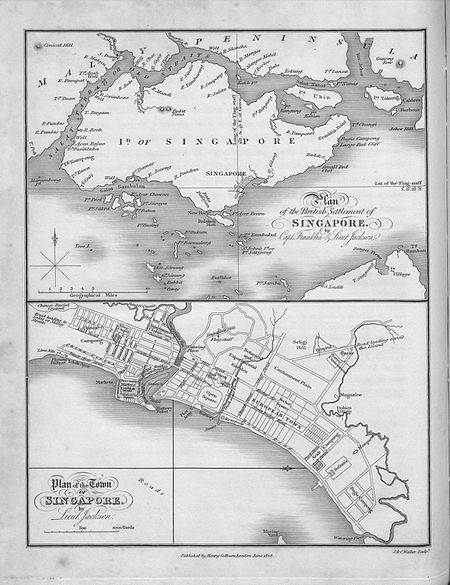Kenpeitai West District Branch
1942 in SingaporeBritish rule in SingaporeChinatown, SingaporeDemolished buildings and structures in SingaporeJapanese occupation of Singapore ... and 3 more
Japanese war crimesMilitary history of Japan during World War IIMilitary units and formations in British Malaya in World War II

The Kenpeitai West District Branch was one of the branches of the Kenpeitai in Singapore besides the much noted Kenpeitai East District Branch during the Japanese occupation of Singapore from 1942 to 1945.
Excerpt from the Wikipedia article Kenpeitai West District Branch (License: CC BY-SA 3.0, Authors, Images).Kenpeitai West District Branch
New Bridge Road, Singapore Outram
Geographical coordinates (GPS) Address Nearby Places Show on map
Geographical coordinates (GPS)
| Latitude | Longitude |
|---|---|
| N 1.283 ° | E 103.8425 ° |
Address
New Bridge Centre
New Bridge Road
088745 Singapore, Outram
Singapore
Open on Google Maps









